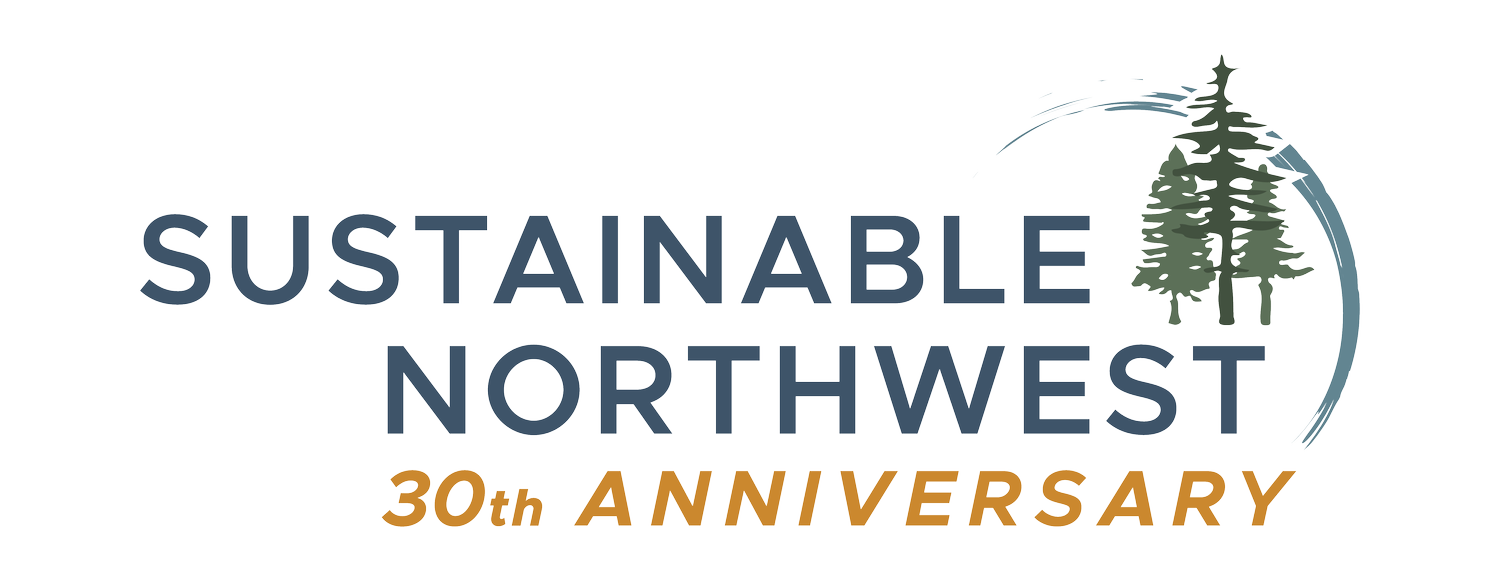Senior Center in Redmond, Wash. earns first ever recognition for climate-resilient wood
Opsis Architecture and Sustainable NW secure a point from U.S. Green Building Council/LEED for building with wood that supports climate-resilient forestry
In a ground-breaking achievement in green building, Sustainable Northwest and Opsis Architecture have secured the first ever LEED point for wood products sourced from climate-resilient forestry. The building is the Redmond Senior and Community Center in Redmond, Washington, currently under construction.
The U.S. Green Building Council administers the LEED-certified green building program nationwide to encourage and verify green building practices. USGBC has been advocating for full transparency related to sourcing of all building materials, and the Redmond Center achieved that with a unique, enhanced tool for tracing where the wood came from and verifying it came from climate-resilient forestry.
Opsis applied for LEED Gold certification, which uses a point system to measure how green a building really is. The innovation point was awarded for mass timber used in the Redmond building because Sustainable Northwest was able to help the builders do two unique things that existing certifications and LEED points are not designed to do:
The project achieved full disclosure related to wood sourcing, tracing wood from the building back to the forest in tandem with documenting mill level log sourcing data.
The project verified that the forestry contributed to improved landscape resilience and climate values.
For the Redmond Center, wood for Mass Plywood Panels was sourced through Freres Lumber, from Bureau of Land Management forestland in Oregon’s Willamette Valley. Currently, building lumber is usually not traced to its source. But Sustainable Northwest, Opsis, and Freres traced and verified the source of the lumber for the Mass Plywood Panels used in the Redmond Center, which is an advancement in traceability that opens the door to recognize and reward forest stewardship in all its forms, regardless of whether landowners take part in certification – including federal agencies practicing ecological forestry and Tribes whose stewardship often reflects unique Traditional Ecological Knowledge.
“We’ve been working since 2019 with leaders in the green building industry to build with and gain credit for using wood products linked to climate-resilient forest stewardship under the LEED and Living Building Challenge certification systems,” said Paul Vanderford, director of green markets for Sustainable Northwest. “This Innovation point for the Redmond Center gets the entire industry one step closer to being recognized for building with wood that supports healthy forests, a healthy climate, and resilient landscapes. It is an exciting time; folks involved see transparency as a way to build relationship and elevate the values behind the wood products everyone uses. We are in active conversations with national associations representing landowners and mills across the country, taking lessons from this work, and agreeing to baseline transparency protocols that create value for everyone involved.”
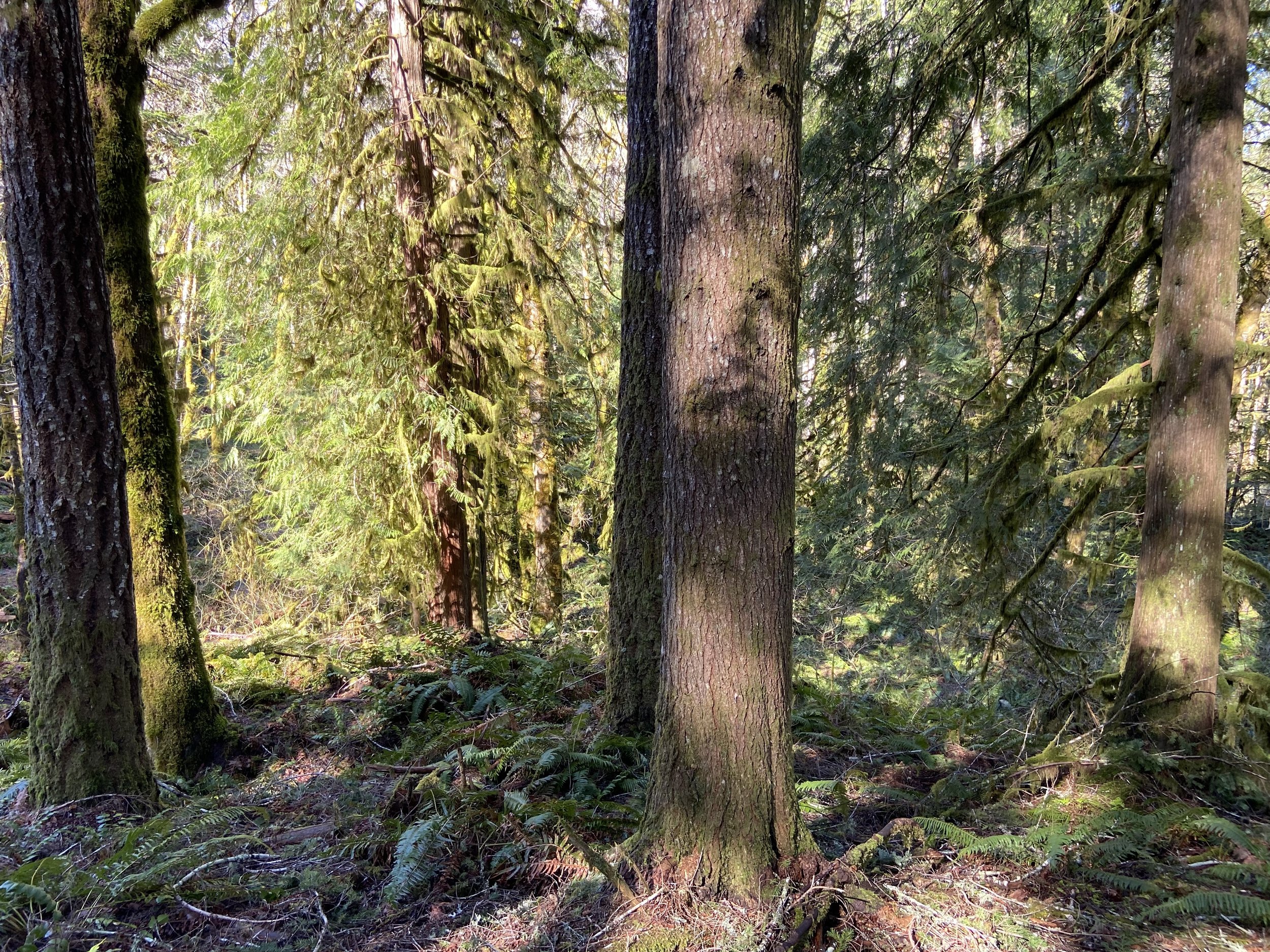
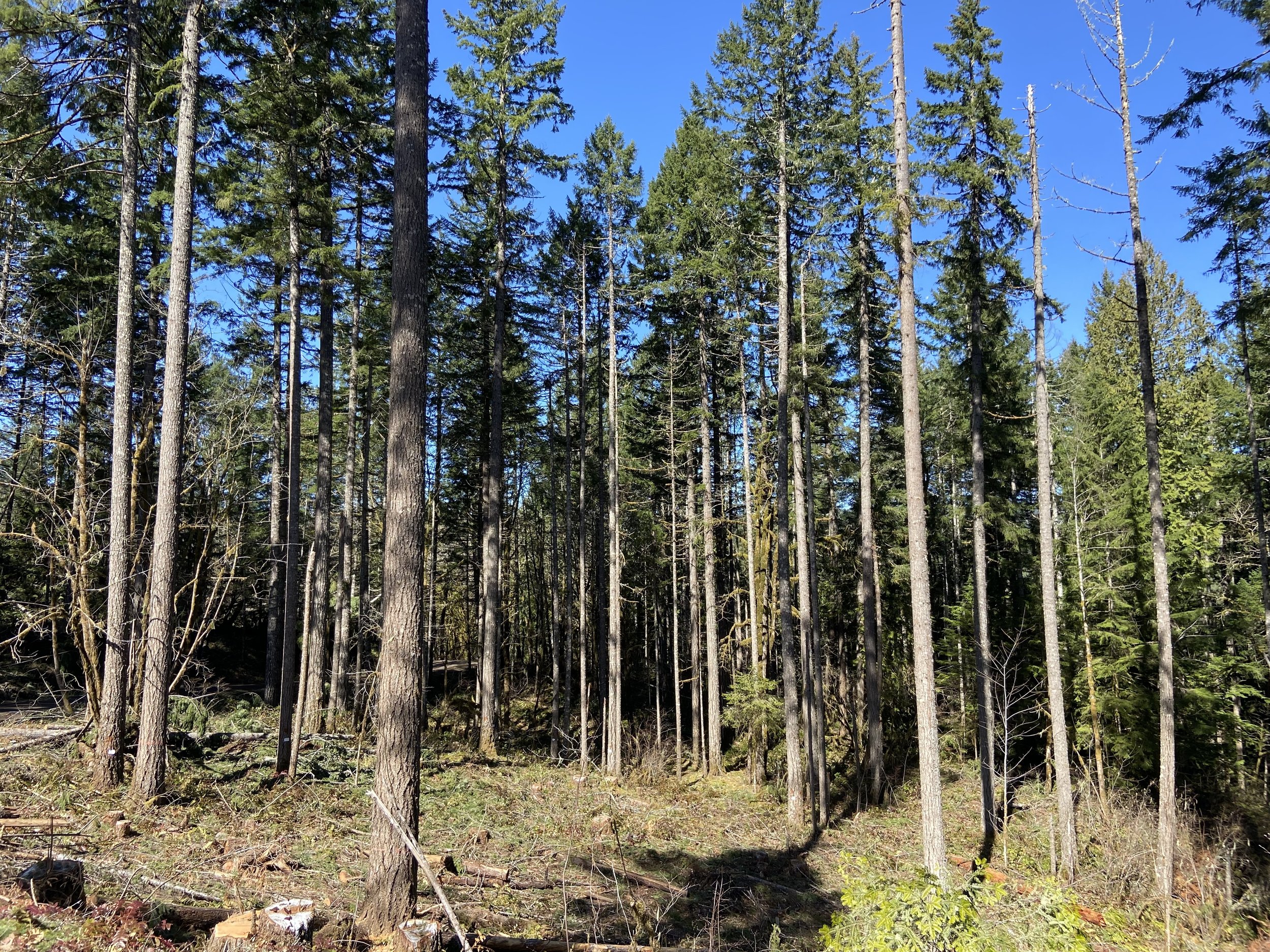

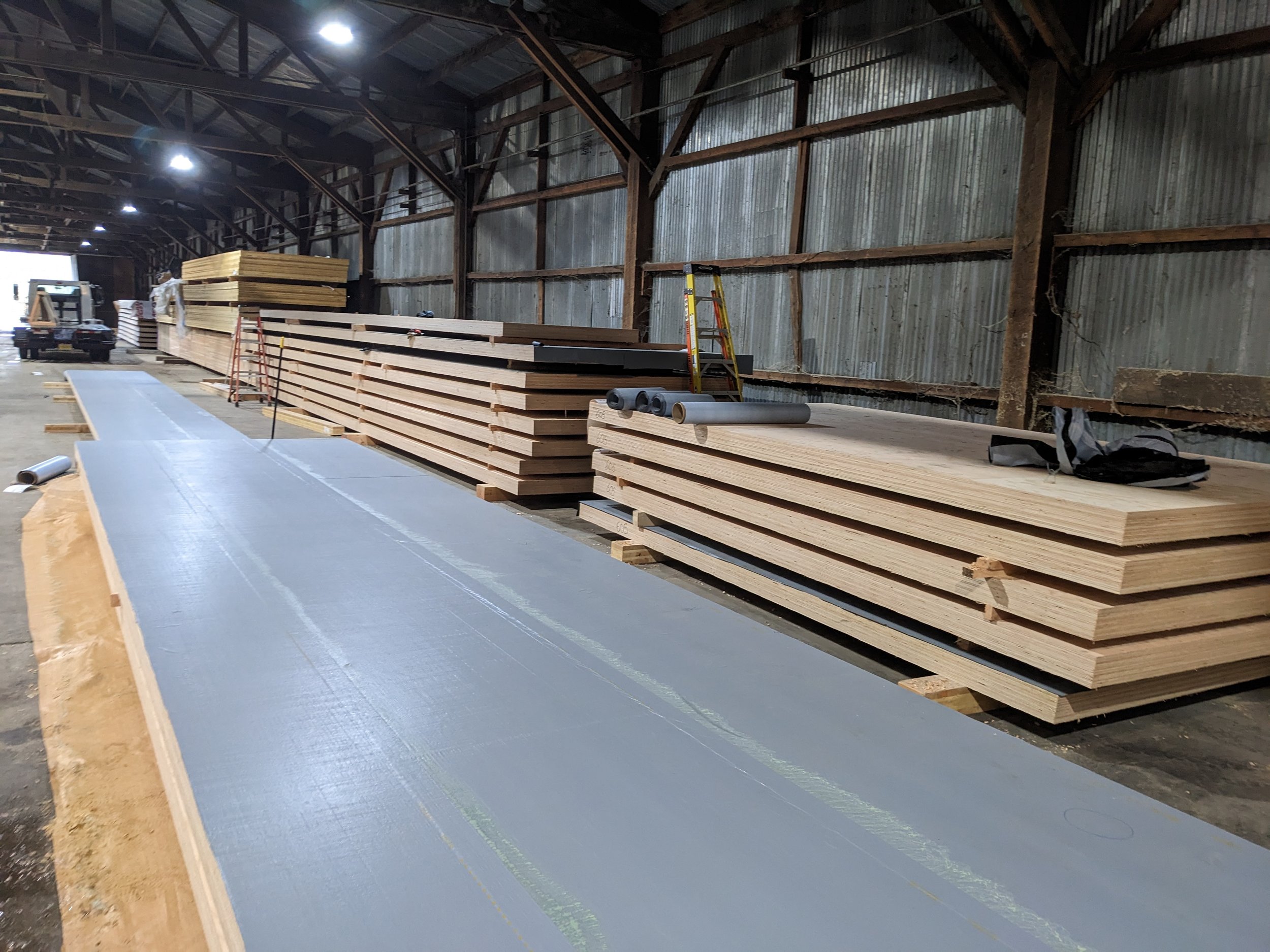
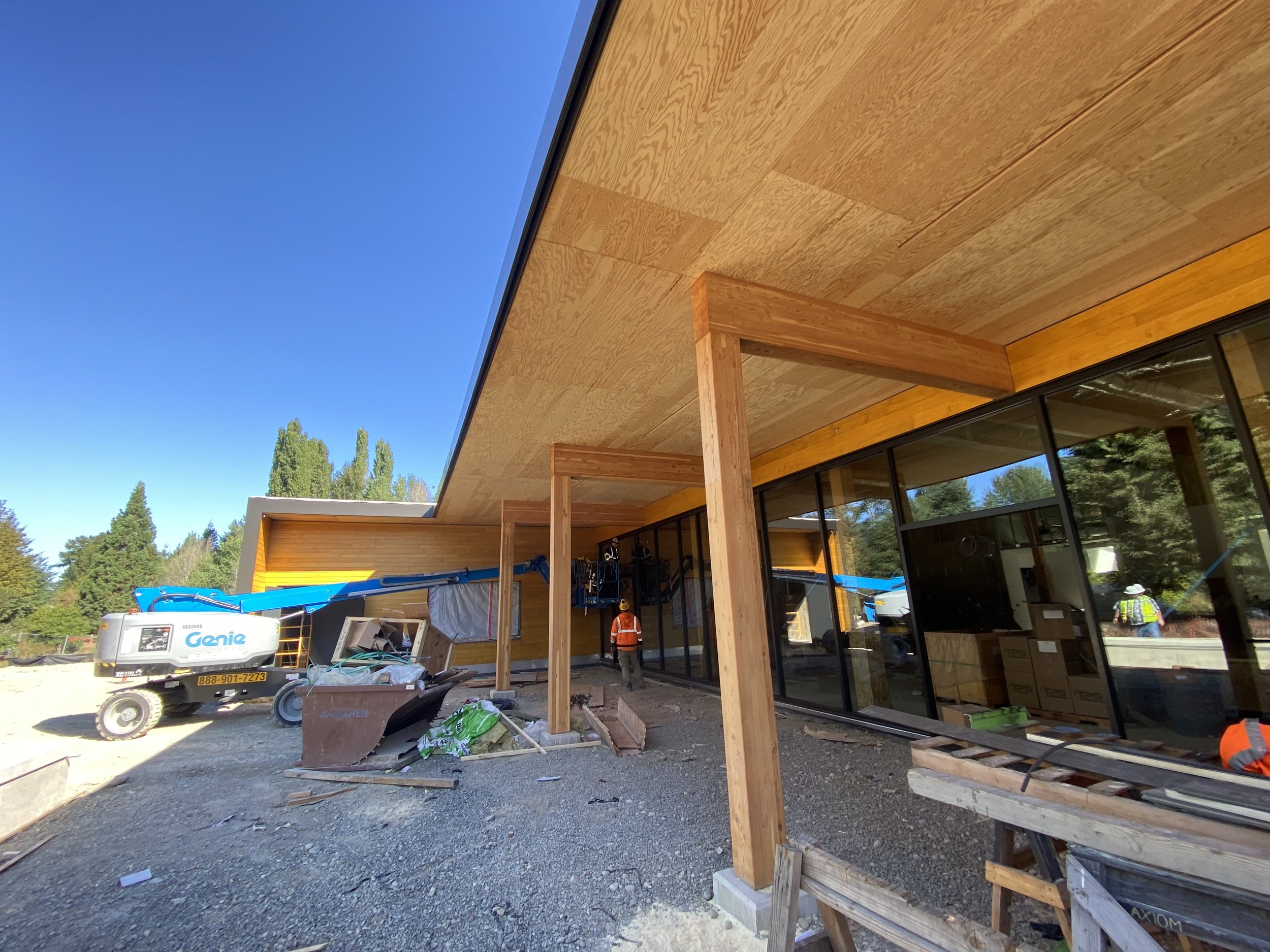
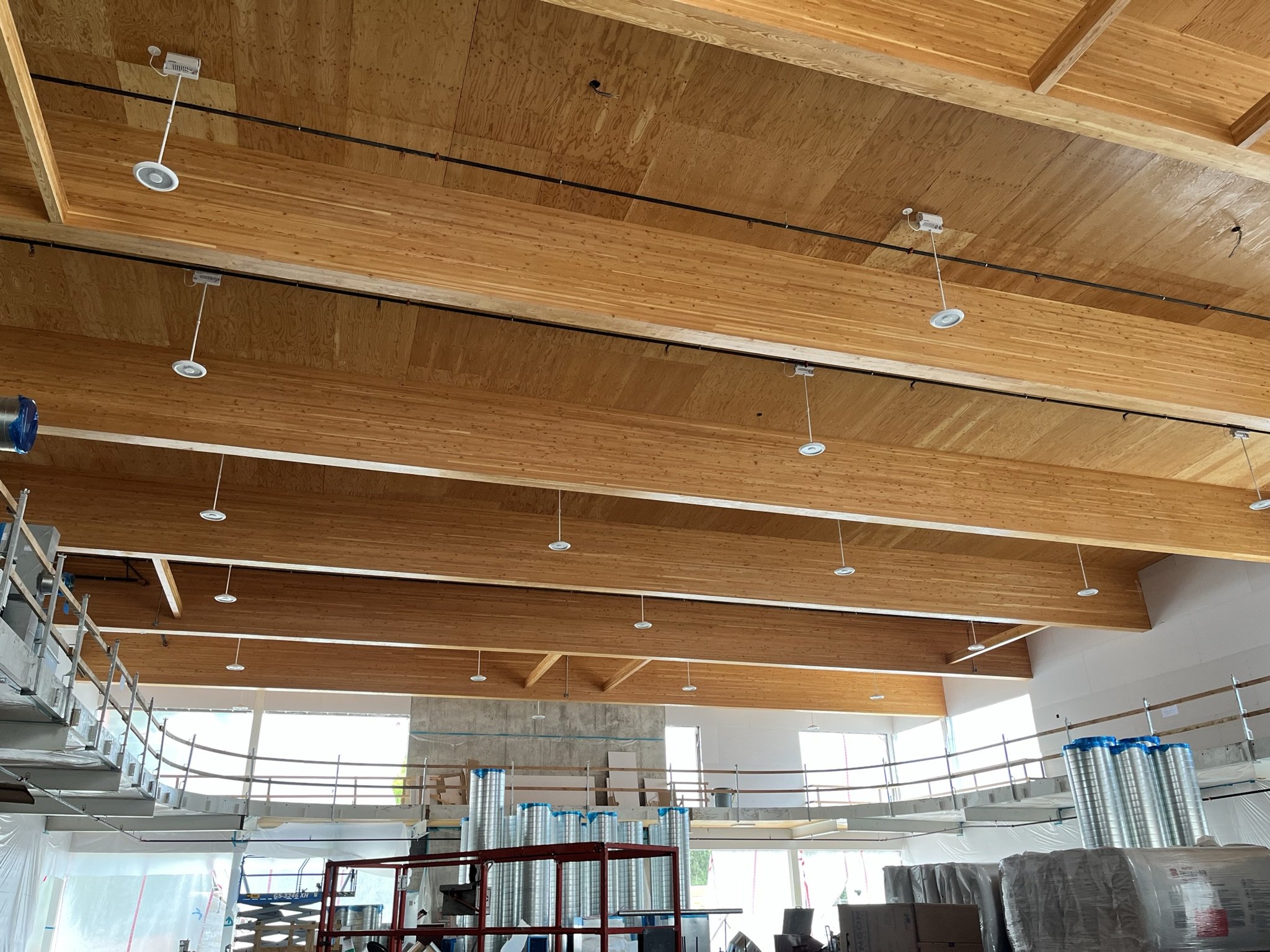
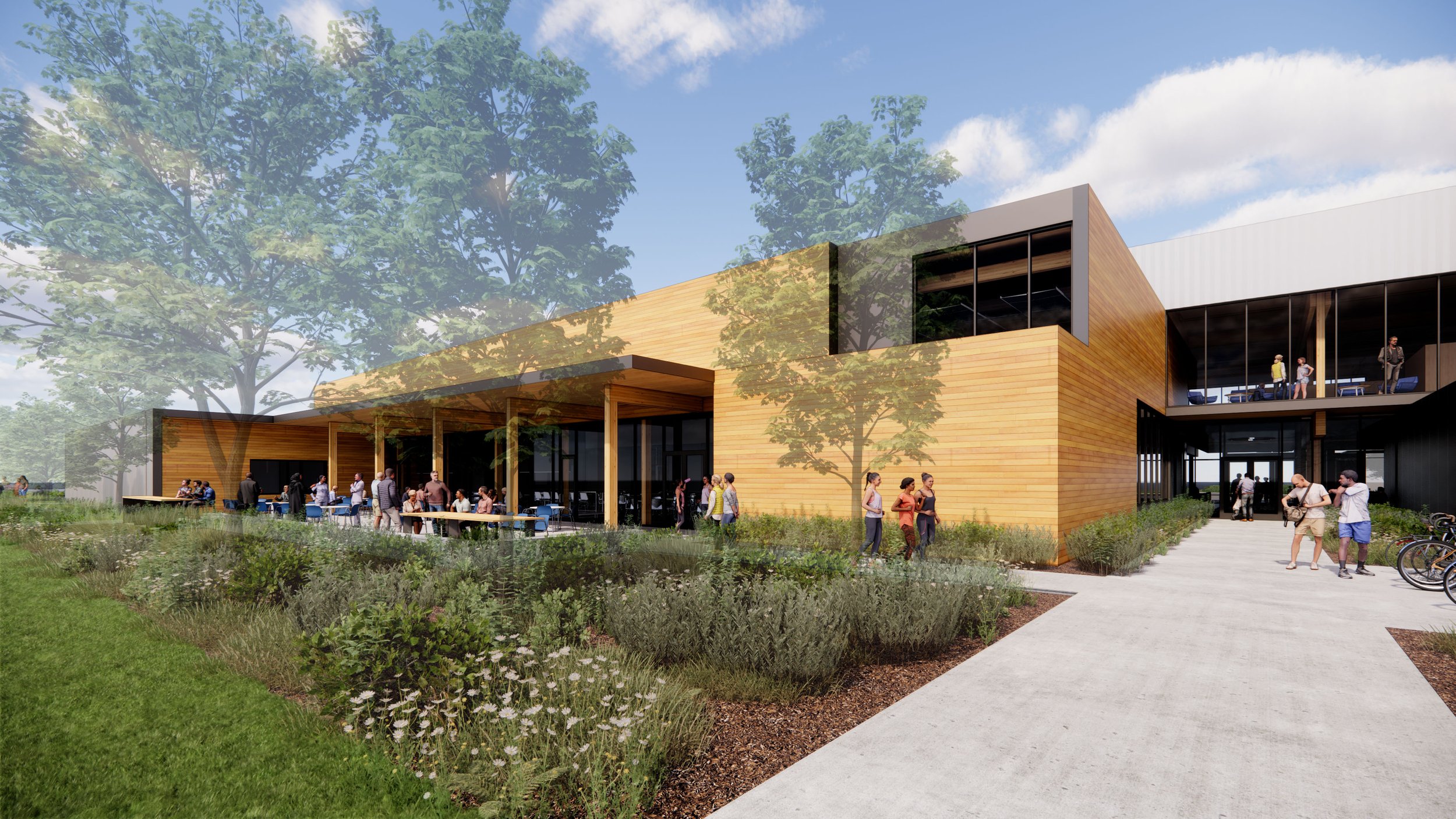
Photos by Sustainable Northwest and Opsis Architecture show the U.S. Bureau of Land Management forest restoration site in Oregon where the timber was procured; Mass Plywood Panels being manufactured at Freres Lumber; mass panel plywood being installed in the Redmond Center ceiling inside and eaves outside; and a rendering of the the final building. Construction will be complete in mid 2024.
Frequently asked questions
What is climate-resilient wood?
Climate-resilient wood is wood produced via climate-smart forestry practices. Climate-resilient forestry practices increase forest resilience in the face of climate change and sequester and store more carbon over time when compared to conventional practices. Climate-resilient wood can also be tracked back to the landowner. Climate-resilient wood is not a binary designation; it is an outcome-based method built to recognize different landowners for stewardship of forests, in all its forms.
Another term often used is climate-smart wood.
Why did LEED reviewers award an innovation point for climate-resilient wood?
USGBC awarded the point under the Innovation category because, to date, the council does not have a climate-resilient wood category. Earning an innovation point for climate-resilient wood is the first step toward having LEED recognize climate-resilient wood – and the unique way in which Sustainable NW and OPSIS tracked and verified the use of climate-resilient wood in the project – is that first step to having the council incorporate climate-resilient wood into their wood sourcing point system. Currently, LEED will only give wood products credit if it is certified by Forest Stewardship Council for sustainable forestry practices, or PEFC/Sustainable Forestry Initiative as part of a pilot Alternative Compliance Pathway that seeks to reward documented legal sourcing of wood for the entire project.
How is this project innovative?
Building with climate-resilient wood at the Redmond center earned an innovation point for several reasons: 1) mass plywood panels are a new product on the market; 2) climate-resilient forestry practices go beyond sustainable harvesting and legal wood compliance which are already featured in LEED; and 3) the unique way in which Sustainable NW tracked and verified the use of climate-resilient wood in the project was innovative. Reviewers noted that through the documentation submitted in the application, they could verify that the wood came from forests managed sustainably to reduce wildfire risk, increase biodiversity, require less water, and store more carbon. The documentation also allowed for disclosure of origin, which is not typical for forest certifications or claims. This disclosure is part of the transparency that adds to the innovative nature of the project.
Sustainable NW, Opsis, and others in the building industry are also excited about the ability to track and trace wood from its source as a way to advance equity. The system can track wood from specific landowners including Tribes, women- and minority-owned businesses, and small family-owned businesses, meaning that in addition to building with wood that improves forest and climate health, builders can choose wood that supports community health and equity as well. This kind of tracking, transparency, and traceability of wood to advance social equity adds to the innovative nature of this project – and future projects.
Who are the project partners?
Opsis Architecture – Design Architect/Architect of Record
Johnston Architects – Associate Architect
Carpentry Plus - construction firm Mass Timber Subcontractor
Absher - Contractor
PAE – Mechanical Electrical Plumbing engineer
Lund Opsahl – Structural Engineer
LEED criteria for measuring climate-resilient forestry
Climate-resilient forestry and landscape resilience are not binary but a continuum. The 11 criteria used to measure climate-resilient forestry for the innovation point were designed to determine whether stewardship moves a forest toward or away from climate-resilient conditions. Criteria include: complexity, retention, harvest rotation age, multi-age, multi-species, landscape planning, risk management, diverse successional stages, manage for natural disturbance, climate change, and carbon. In addition, the precise location of the wood sourced for the project was known, making traceability possible from the forest to the project site.
Why not build with wood certified by the Forest Stewardship Council?
Originally, OPSIS was working to secure wood certified by the Forest Stewardship Council (FSC), which is a rigorous certification validating that wood came from sources meeting strict criteria; the LEED system does recognize FSC wood with points in the Materials and Resources credit category. But FSC wood was not available for the Redmond Center, so the builders pivoted and asked Sustainable Northwest to help them secure climate-resilient wood that would meet the LEED requirements for innovation. Sustainable Northwest helped OPSIS source wood from a forest restoration project on public lands in Oregon, and verified the forest health benefits of that restoration project on the ground. Now, Sustainable Northwest and others are discussing with the building council how to get climate-resilient wood recognized by LEED for values it provides beyond innovation.
How did you verify the sustainable forestry practices at the harvest site?
Sustainable Northwest audited the harvest site in person on Bureau of Land Management property. They documented selective harvesting throughout, including small patch openings that allow in some light for different species; nice, healthy riparian areas next to the streams; complexity in terms of the different ages and species of trees, including cedar, which is not typically planted in commercial forestry; and no use of chemicals. It was an excellent example of restoration forestry, adhering to ecological forestry principles that meet or exceed other wood certification standards. Sustainable Northwest and OPSIS submitted the documentation to the building LEED review team for verification.
How did Sustainable Northwest and Freres build transparency into the process?
Freres Lumber is a large mill. They are the largest buyer of timber from federal forests in Oregon. Tracking each piece of wood in their mills is challenging, so Sustainable Northwest and Freres worked together to determine: How much mass plywood panel is being used in the Redmond Senior Center? By knowing that number, we know how much wood volume Freres needed to buy from the restoration forestry project. “We believe this is possible for any mill in the country,” Vanderford said.
This material is based upon work supported by the U.S. Department of Agriculture, under agreement number NR233A750004G042.
Any opinions, findings, conclusions, or recommendations expressed in this publication are those of the author(s) and do not necessarily reflect the views of the U.S. Department of Agriculture. In addition, any reference to specific brands or types of products or services does not constitute or imply an endorsement by the U.S. Department of Agriculture for those products or services.
USDA is an equal opportunity provider, employer, and lender.
